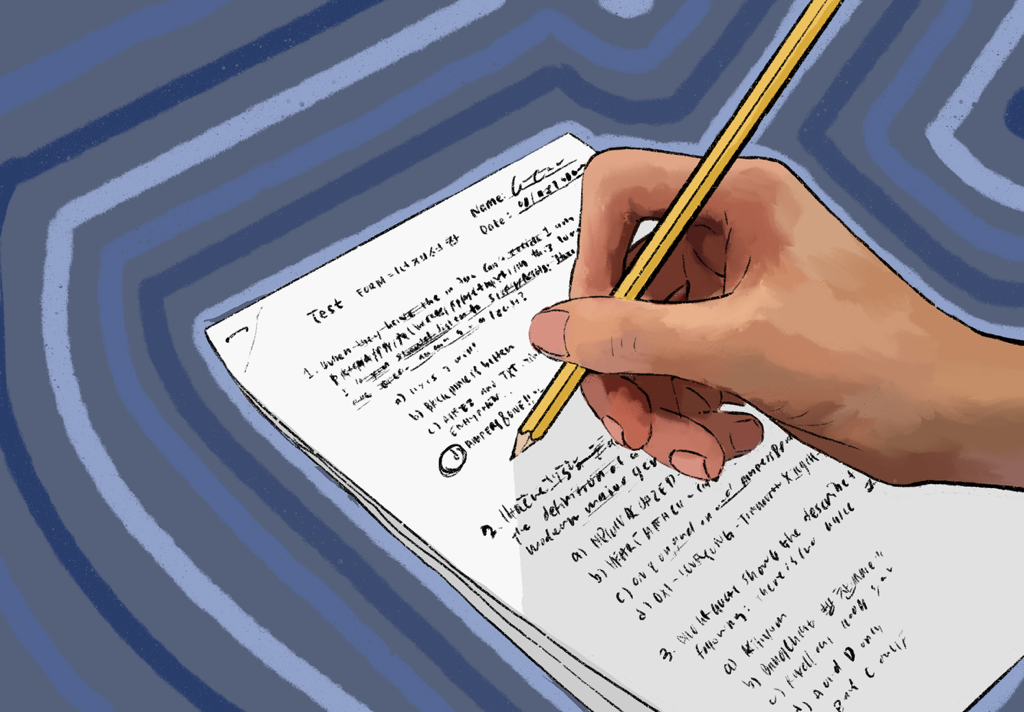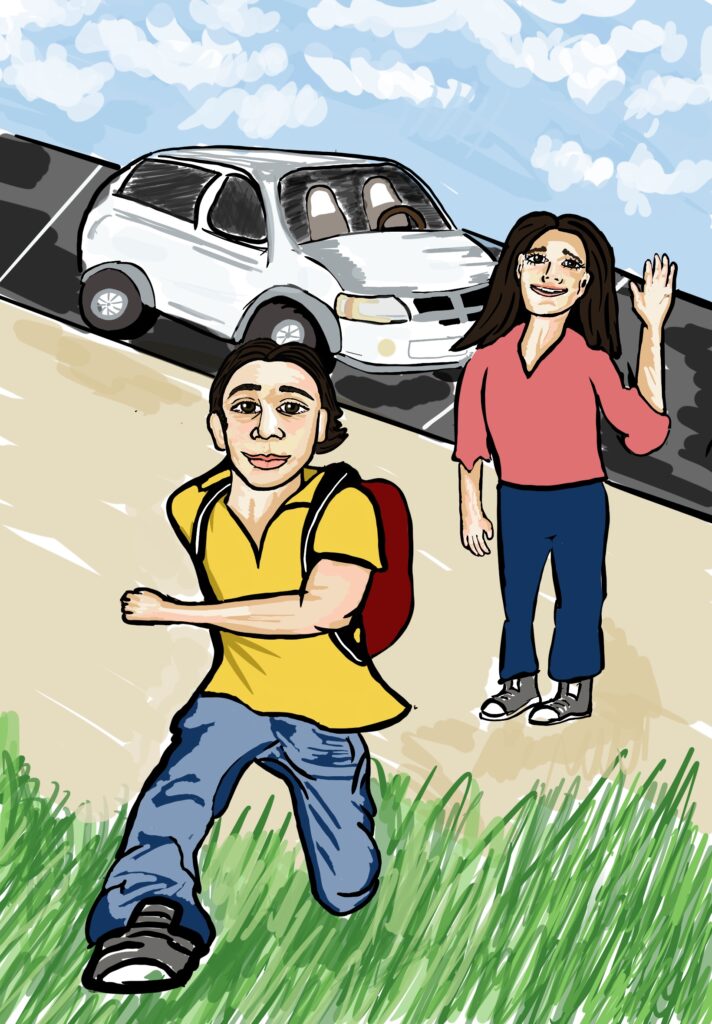Welcome to your tape. This cryptic line has circulated among teenagers and decorated the top of countless memes since 13 Reasons Why debuted. Although the news and attention surrounding the Netflix original show seems to have recently spiked, the web television series launched with much anticipation. Not only is the show a visual rendering of Jay Asher’s best-selling novel, but it was also created with Selena Gomez as executive producer.
When I logged into my friend’s Netflix account, my eyes landed on 13 Reasons Why, which graced the top banner of the website. Recognizing the title, I had a vague memory of reading the first few chapters of the book and never finishing it. Jay Asher’s book captures the life of Hannah Baker, a high school student that commits suicide and leaves seven double-sided tapes for her classmates and teachers about why she decided to give up her life. Intrigued by the concept, I fell into the trap and clicked on the first episode.
While I cannot assess the fidelity of the show to the original book, as I never finished reading the novel, I can attest to the entertainment value of the show. Not only have I watched the show myself, but I have also heard many of my peers discuss it. I have even seen people watch the show in the Lanphier Cafe, drowning out the real world to indulge in that of Hannah Baker.
While the acclaim of Jay Asher’s book raised my expectations for the show, they were not met. First of all, I found the high school portrayed and the interactions that took place in it highly unrealistic and stereotypical. For example, when Hannah senses that Tyler, a photography geek, is stalking and taking photos of her, she promptly invites her new friend Courtney, the “popular” student council representative, to sleep over and catch the perpetrator. Their grand plan was to shine a flashlight on the mysterious stalker. Teenagers act in inexplicable ways sometimes, but I could not believe that the only option that she even entertained was catching and confronting the stalker herself, armed with a flashlight.
It also concerned me that I was able to forget so easily that Hannah Baker had taken her own life. The primary objective of the show is to depict depression as painful and suicide as an option that can be avoided. However, with never-ending conflicts between parents, teachers, and students, and cliffhangers at the end of every episode, I was more focused on watching the next episode and seeing the shocking events unfold, rather than how Hannah was getting help or how she could be handling these situations. Part of the blame can be placed on one of the main themes of the show: revenge. This theme carries on until the end of the show, when Clay is vengeful on Hannah’s behalf.
Justice for Hannah and punishing the offenders was important, but I was disappointed to see that in the process, the focus was shifted away from providing support for rape victims, better counseling for students, or spreading awareness about suicide prevention. The theme of vengeance makes the concept of suicide palatable to the viewer and eclipses many pressing issues in the series. After every episode, I had to remind myself why she even made the tapes: She was explaining the tortuous events of her life that led to her paying the ultimate price. By portraying her “reasons why” as a puzzle and prompting viewers to piece it together before the show ends, 13 Reasons Why merely capitalizes on the opportunity to bring in a profit; instead, it should be capitalizing on the opportunity to emphasize the issues of mental health. The very appeal of the show contradicts its objective.
Despite its obvious shortcomings in its first season, the show has a chance at redemption. On May 7, given the attention the debut of the show received, Netflix announced that a second season would be released. This is a second chance for the producers to depict teenagers and the struggles of depression accurately; I hope that the producers take this opportunity to work more closely with professionals and students to shed light on the struggles of teen depression.




